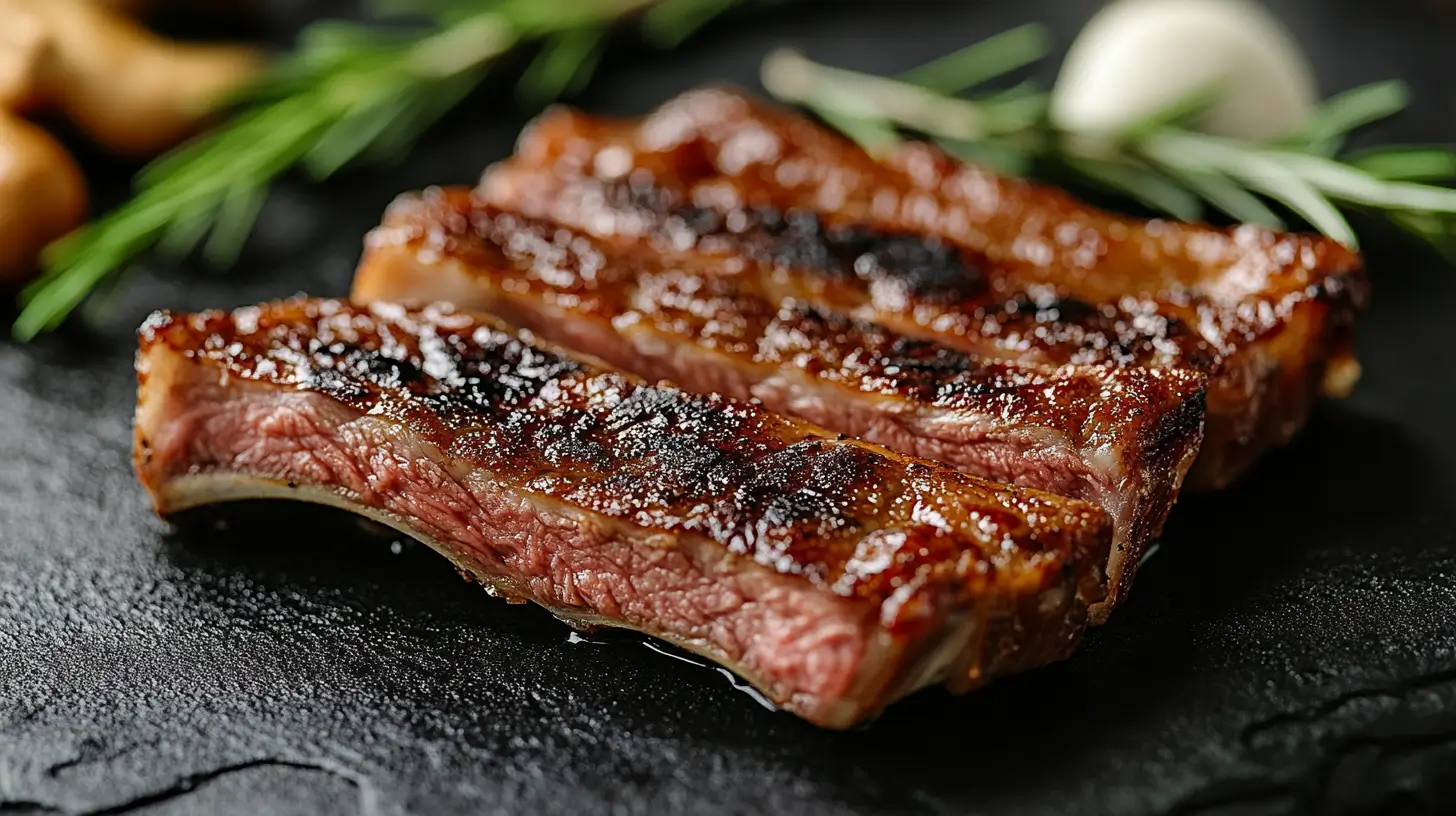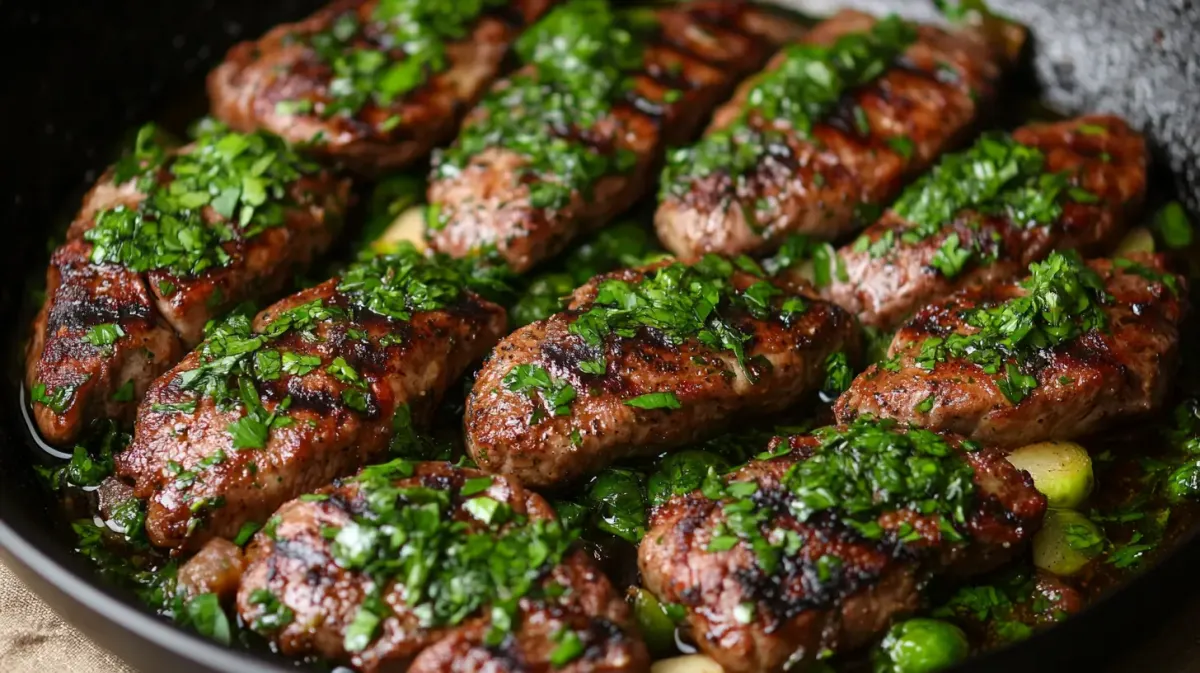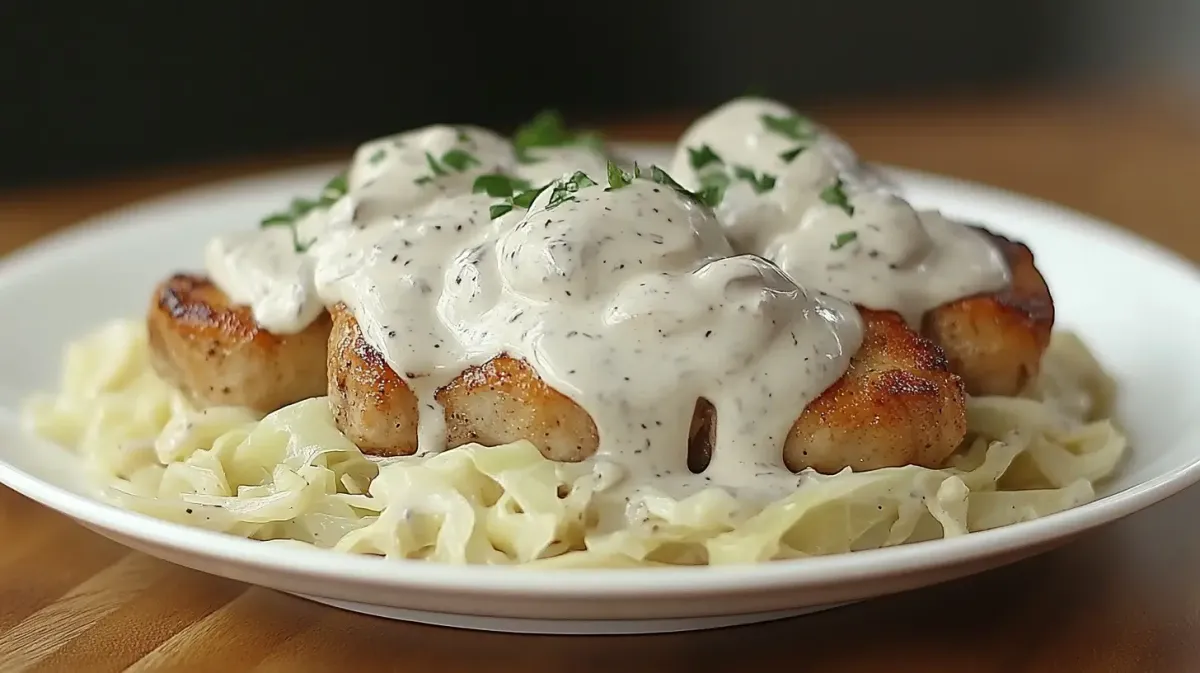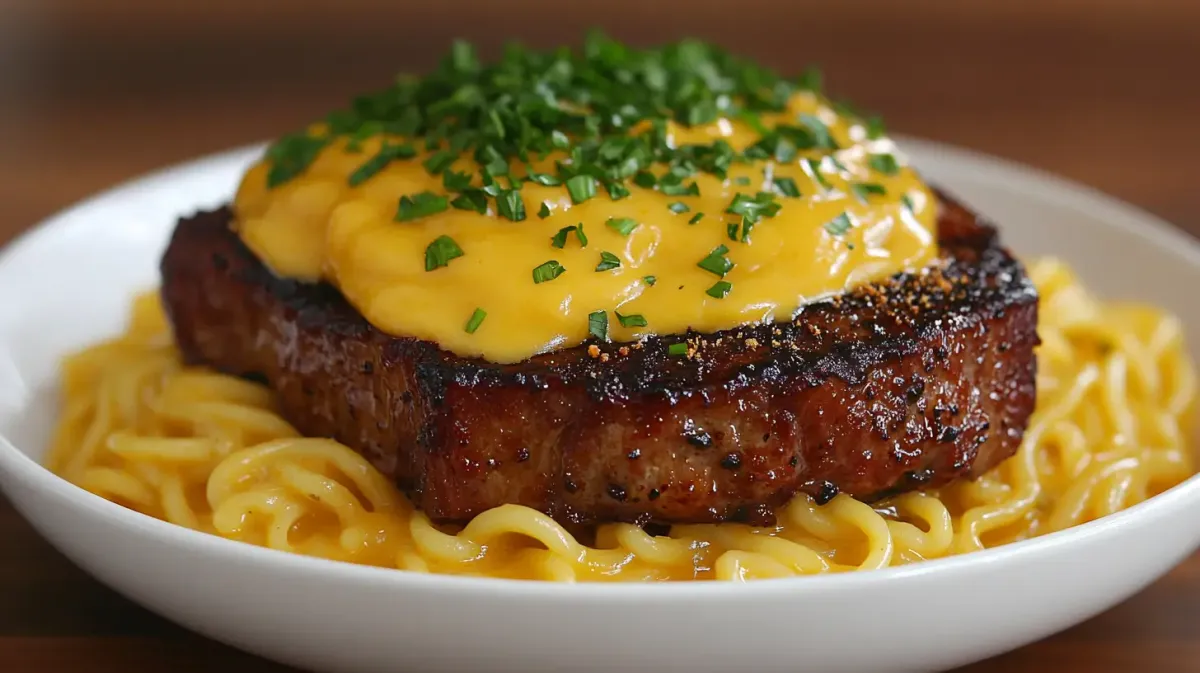- Home
- Pork Chop Vitamins and Minerals
- Vitamins in Lean Pork Chops vs Fatty Cuts
Vitamins in Lean Pork Chops vs Fatty Cuts
How to Compare Vitamins in Lean vs Fatty Pork Chops: Nutrient Breakdown & Health Benefits.

A Tasty Tale of Two Textures: Lean vs. Fatty Pork Chops
Once upon a time, I used to be one of those diners who thought all pork chops were created equally—all would either dry out like desert ground or come out just on the greasy side of delicious. That was until I embarked on a culinary journey, learning about the delectable world of pork chops. The truth is, there's a stark difference between lean and fatty cuts, not just in taste and texture but also in their nutritional values, especially when it comes to vitamins.
Vitamins and Nutrients in Lean Pork Chops
Lean pork chops, often labeled as 'loin' or 'tenderloin' in the meat aisle, are the healthier heavyweight champions in the pork category. They are known for their lower fat content but let's dive into what really matters—the vitamins and nutrients these cuts offer:
- Vitamin B1 (Thiamine): Helps in converting nutrients into energy, essential for metabolism.
- Vitamin B2 (Riboflavin): Supports skin health and overall energy levels.
- Vitamin B3 (Niacin): Crucial for DNA repair and metabolic activities.
- Vitamin B6: Important for brain development and keeping the nervous system in good shape.
- Vitamin B12: Essential for blood formation and brain function.
- Phosphorus: Supports bone health.
- Zinc: Vital for a healthy immune system.
Lean pork chops are a powerhouse of B-vitamins which are paramount for maintaining good health and energy levels. Preparing them can be a delicate art though—the key is in cooking them just right to retain their moistness without any added fats.
Navigating the Nutritious Routes of Fatty Cheats
Now, let's talk about the fatty cuts. These are typically from the rib or shoulder areas and are marbled with fat, leading to a richer flavor. Here's the nutrient breakdown:
- Vitamin D: Helps in calcium absorption and bone growth. Fatty meats typically have more Vitamin D.
- Vitamin E: An antioxidant that helps protect your body from free radicals.
While they pack a punch in terms of taste, fatty pork chops do contain higher levels of saturated fats. However, they can fit into a healthy diet when eaten in moderation and cooked in a way that doesn’t add additional fat.
Choosing the Right Pork Chop for You
So, how do you decide between lean and fatty pork chops? Here’s a quick guide depending on your dietary goals:
- If you're looking for lower calorie options rich in essential vitamins, lean pork chops are your best bet.
- If flavor is your main concern and you're okay with a bit more fat, a fatty cut might be right up your alley. Just balance it out with some greens on the side.
Mastering the Art of Cooking Pork Chops
Whether you choose a lean or a fatty cut, mastering the cooking method can ensure you get a tasty meal without losing out on the nutrients:
- Grilling: Ideal for both types of chops, imparting a smoky flavor while allowing fat to drip away.
- Braising: Perfect for fatty cuts, making them tender and flavorful.
- Sautéing: Best for lean cuts to keep them moist and tender.
One of my personal favorite methods is to brine the pork chops first (especially the lean ones) to ensure they stay juicy and flavorful. A simple brine of salt, sugar, and water for a few hours can make all the difference.
Conclusion: Vitality on Your Plate
Choosing between lean and fatty pork chops isn’t just a matter of taste—it’s about what suits your health the best and what you’re in the mood for. Armed with this knowledge of their nutritional benefits, you can make more informed choices that align with your health goals. Remember, the best diet is a balanced one, with room for both nutrient-packed and soul-satisfying meals.
Whether you're cooking for a simple weeknight dinner or a festive family gathering, pork chops can be a versatile and delicious centerpiece. So next time you’re at the market, think about the nutritional content that best fits your lifestyle and whip up something that not only tastes good but is good for you. Happy cooking!



